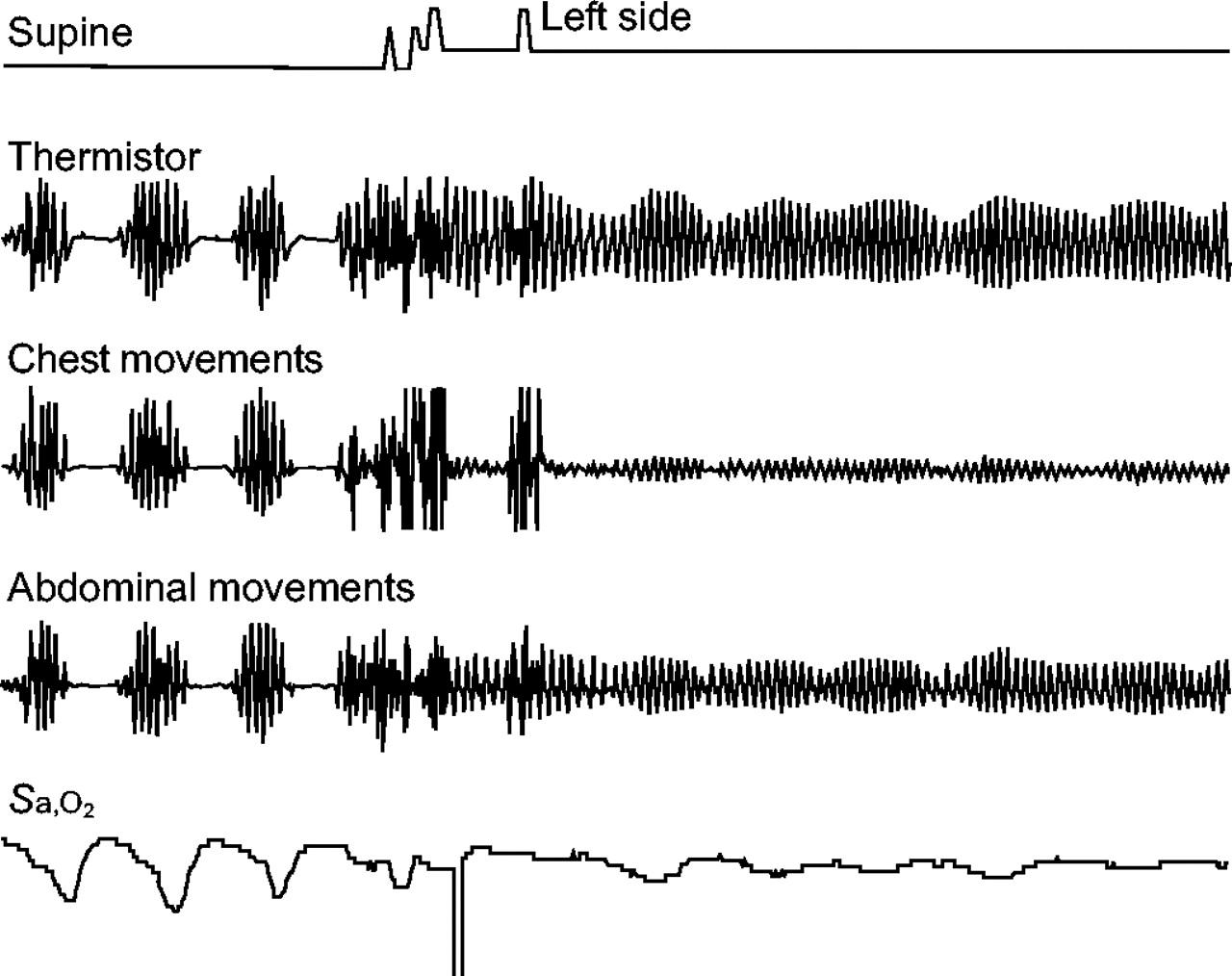As the end of life approaches, many people experience changes in their breathing patterns. One such pattern is known as Cheyne-Stokes breathing. This is an irregular breathing pattern that is characterized by periods of shallow or no breathing, followed by deep or rapid breathing. It is a sign of the body’s decreased ability to regulate breathing and is often seen in people who are dying.
Cheyne-Stokes breathing can last for a short period of time or for an extended period before breathing finally stops. During this time, the person may experience other symptoms, such as glassy or teary eyes, cold hands, and weak pulse. They may also experience hallucinations and appear to be fast asleep.
Gasping respiration is the final respiratory pattern that occurs just prior to terminal apnoea, which is when breathing stops completely. The duration of the gasping respiration phase can vary, ranging from just a few breaths to several minutes or even hours.
It is important to note that everyone’s experience with Cheyne-Stokes breathing and the dying process is different. While some people may experience a relatively short period of active dying, others may experience a longer period of pre-active dying before entering the active stage. The active stage of dying typically lasts for about three days and is characterized by unresponsiveness and a significant drop in blood pressure.
Cheyne-Stokes breathing is a common breathing pattern experienced by many people as they approach the end of their life. It can last for a varying amount of time and is often accompanied by other symptoms. While the dying process can be difficult to predict, it is important to understand the common patterns and symptoms associatd with it in order to provide the best possible care and support to those who are dying.
Can Cheyne-Stokes Respiration Last for Multiple Days?
Cheyne-Stokes breathing is a pattern of breathing that is characterized by irregular breathing with alternating periods of deep and shallow breathing. This breathing pattern is commonly observed in people who are approaching the end of thir lives.
While Cheyne-Stokes breathing can last for a short time or long time before breathing finally stops, it is not common for it to last for days. The duration of Cheyne-Stokes breathing is variable and can depend on several factors, including the underlying medical condition of the person, the level of oxygen in the blood, and other factors.
It is important to note that Cheyne-Stokes breathing is not painful or uncomfortable for the person experiencing it. It is a natural process that occurs as the body prepares for the end of life. People who are caring for a loved one who is experiencing Cheyne-Stokes breathing should seek advice from a healthcare professional to ensure that the person is comfortable and receiving appropriate care.
While Cheyne-Stokes breathing can last for a variable amount of time, it is not common for it to last for days. It is a natural process that occurs as the body prepares for the end of life and can be managed with appropriate care.

Source: erj.ersjournals.com
Length of End-of-life Breathing
Gasping respiration, also known as agonal breathing, is a common respiratory pattern exhibited by dying patients. This phase usually occurs just before terminal apnea, which is the cessation of breathing. The duration of the gasping respiration phase varies among individuals and can range from a few seconds to a prolonged period lasting several hours.
Some studies suggest that the duration of gasping respiration may be influenced by various factors, including the underlying cause of death, the patient’s age, and overall health status. For example, patients with respiratory failure or neurologic disorders may exhibit longer periods of gasping respiration.
It is important to note that gasping respiration is a sign of impending death and should not be mistaken for normal breathing. During this phase, the body is struggling to maintain oxygenation, and the patient may experience distress. Therefore, it is essential to provide apropriate and timely care to ensure the patient’s comfort and dignity.
The duration of gasping respiration in dying patients can vary widely and may last from a few seconds to several hours. However, it is important to focus on providing adequate end-of-life care to ensure that the patient is comfortable and free from distress during this phase.
Signs of the Last Hours Before Death
The last hours before death can be a challenging time for both the patient and their loved ones. It is important to understand the signs and symptoms that may occur during this time to ensure that the patient is comfortable and their needs are met. Here are some of the signs that someone may experience in the last hours before death:
– Glassy, teary eyes that may be half-open: This is a common sign of the body shutting down and the person losing consciousness. The eyes may appear glossy and unfocused.
– Cold hands: As the body prepares for death, blood flow to the extremities decreases, which can cause the hands and feet to feel cold to the touch.
– Weak pulse: The pulse may become weaker and harder to feel as the body starts to shut down.
– Hallucinations: Patients may experience hallucinations or delusions as the body begins to shut down. These may be comforting or distressing and can be caused by a variety of factors.
– Being fast asleep: As the body begins to shut down, patients may become increasingly drowsy and eventually fall into a deep sleep.
– Gasping, or periods where breathing completely stops: As the body begins to shut down, breathing may become irregular, and patients may experience periods where they stop breathing altogether.
It is important to note that not all patients will experience these symptoms, and some may experience other symptoms not listed here. It is also important to remember that evey person’s experience of dying is unique, and what is considered normal can vary from person to person. If you are caring for someone who is dying, it is important to speak with their healthcare provider to understand what to expect and how best to provide comfort and support.
Length of Time in the Active Stage of Dying
When someone is in the dying process, they typically go through several stages. The last stage is known as the active stage of dying, whch generally lasts for about 3 days. This stage is preceded by a pre-active dying stage that can last for approximately 3 weeks.
During the active stage of dying, individuals may experience a range of symptoms, including unresponsiveness, significant drops in blood pressure, and changes in breathing patterns. Other common symptoms can include restlessness, agitation, and confusion.
It’s important to note that the length and severity of the active stage of dying can vary from person to person. Some individuals may experience a shorter or longer active stage than the typical 3-day timeframe. The length of the active stage may also depend on factors such as the underlying cause of the individual’s illness, their overall health, and the care they receive during this time.
It’s important for loved ones and caregivers to provide supportive care during the active stage of dying, including managing symptoms, providing comfort measures, and offering emotional support. This can help ensure that the individual’s final days are as peaceful and comfortable as possible.

Conclusion
Cheyne-Stokes breathing is a common pattern of breathing that occurs as an individual approaches death. It is characterized by irregular breathing, with periods of breathing cessation or gasping respiration. This phase of the dying process may last for a short time or a prolonged period before breathing finally stops. During this time, the person may experience symptoms such as glassy, teary eyes, weak pulse, and hallucinations. The active stage of dying generally lasts for about three days, and is preceded by a pre-active dying stage of approximately three weeks. While the active stage can be diferent for everyone, common symptoms include unresponsiveness and a significant drop in blood pressure. It is important for caregivers and loved ones to understand these stages of dying and provide appropriate support and care during this difficult time.
